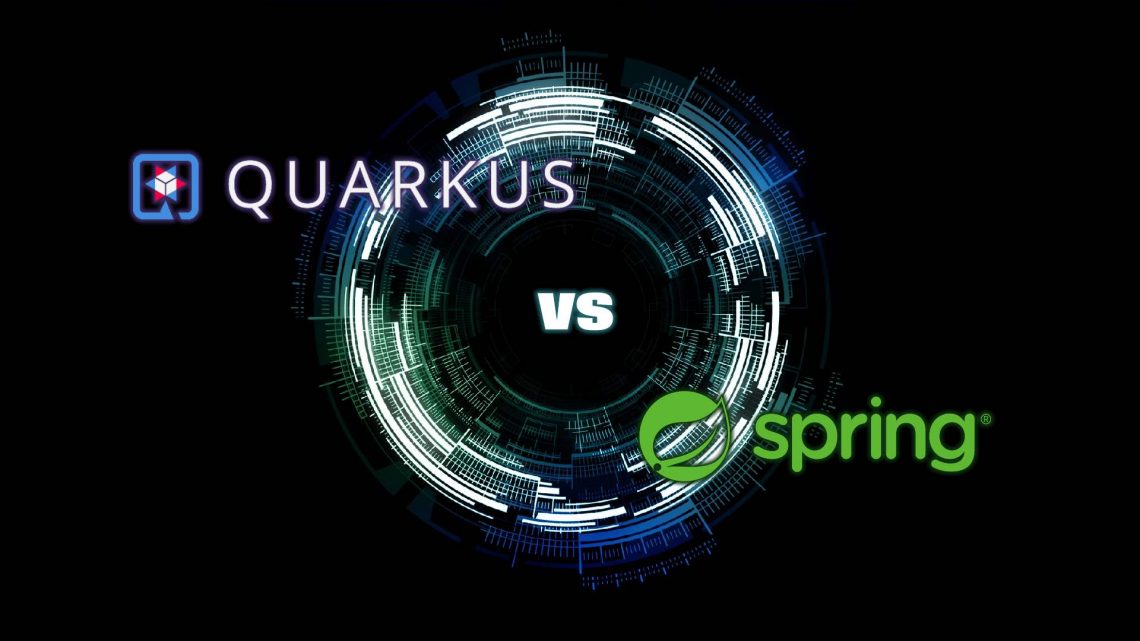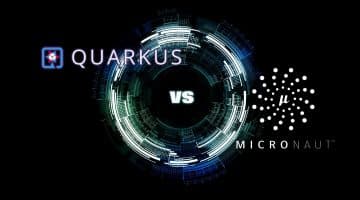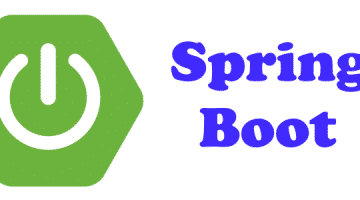These days, with Microservice Architecture, possibly it does not make any sense at any point in time, and not any kind of advantage, creating something that is multi-platform or interpreted for something which will run in a similar place and on the similar platform. Portability is quite less relevant or possibly more than ever, such an extra level related to abstraction is not considered to be significant.
Having said this it performs the simple as well as a raw comparison that is between two alternatives for generating Microservices in the Java: the much well-known Spring Boot and also Quarkus which is not quite renowned.
– What Is Quarkus?
It is a set of open-source for various technologies that are adapted to GraalVM as well as HotSpot for writing applications of Java. It provides super-fast time for startup and also low footprint memory. It makes it perfect and ideal for the containers as well as serverless workloads. They generally use Eclipse Microprofile such as JAX-RS, JSON-P, and CDI that is the subset of Java EE for creating Microservices.
The GraalVM is the polyglot virtual machine such as JavaScript, Ruby, Python, R, Java, Kotlin and Scala. The GraalVM that is particularly VM Substrate makes it possible to be an ahead-of-time compilation that converts bytecode in code of native machine thereby resulting in the binary which may get natively executed.
You must keep in your mind that not each such feature is available in the native execution; the compilation of ahead of time has their set limitations.
– What Is Spring Boot?
Well, just to mention it in a single sentence: the spring boot is built on the top of Spring Framework, Spring Boot is mainly the framework of the open-source that provides you much simple way to create, configure as well as to run the application that is Java web. However, making a great candidate for microservices is even great.
Quarkus takes reasoning about the fact that various dynamics of the enterprise runtime of Java is not needed in the containerized world. When you build the application to the image of the container, the functionality is generally not supposed for any change. All dynamics an enterprise container allows for much power as well as much flexible programming along with the models of deployment, but when our applications got started inside the containers, they will specifically do not change anymore.
Conclusion:
Quarkus usually takes Enterprise Java cloud-native to next level and it allows the scenarios that haven’t been much possible, particularly about startup times of application. If you plan to deliver scale to the zero approaches, it is a technology which you should look into. Quarkus follows the approaches which were followed by some of the technologies earlier, takes them ahead, and delivers the single set of framework, so you get everything under one roof. Spring Boot makes simple for creating the stand-alone and the production-grade applications that are based on Springboot that may be run simply.



